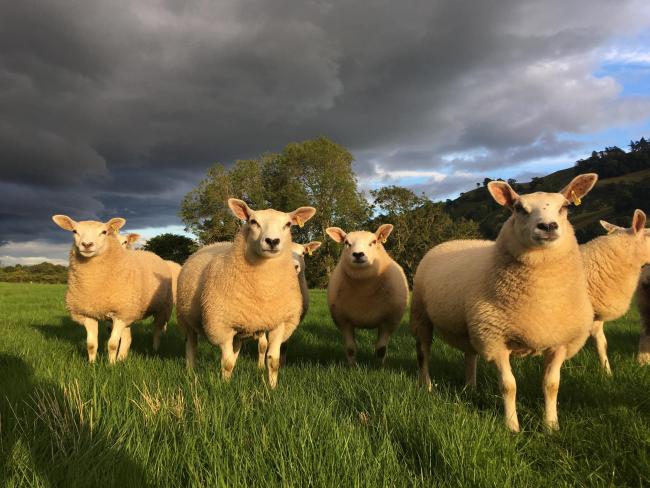All livestock farmers are increasingly being tasked to improve efficiency and reduce their carbon footprint. This can be a challenge, however small improvements here and there begin to add up if they are broken into smaller sections of the annual production cycle.
There is no silver bullet to improving on-farm environmental credentials and sometimes, many ask the question: ‘what’s in it for me?’ In fact it is well documented, any improvement which is positive environmentally also has a positive effect on enterprise profitability, which is the ultimate goal.
Animals which spend less days on farm tend to result in a lower environmental impact and an increased profit margin, as there are fewer inputs assigned to maintenance.
The animals which have the greatest potential to grow quickly, efficiently and cost effectively are the young ones. Young lambs and calves alike have an inbuilt feed efficiency, which should be utilised to its fullest.
Creep feeding is an exceptionally good way of capturing the benefits of this natural, in built efficiency of young animals and reducing overall days to slaughter. As soon as lambs and calves start to grow, feed efficiency begins to reduce, simply because a bigger body size results in higher maintenance requirements. For example, a young lamb is likely to need half as much feed to achieve the same liveweight gain as an older one.
This means, creep feeding should be offered as early as is practically possible and continue throughout the summer.
Given the recent grass growth, creep feeding will have the additional benefit of taking pressure off the ewes, letting them regain body condition on the forage which is available to them.
We are aware ewe condition post lambing and through the summer has a knock on effect on the number of lambs she produces the following season. Creep feeding is also an extremely good way to reduce the stress and impact of weaning, as the diet only has milk removed, rather than a complete overhaul. A growth check at weaning will have a negative affect on meat quality, as well as the performance and profitability of effected animals.
When deciding to creep feed, consideration should be given to the quality of feed offered, including:
* Quality ingredients. Stay away from nutritionally poor ingredients like palm kernel. They may boost protein levels on paper, but in reality are not well utilised by the animal.
* Protein level. More is not always more. For example, 15% crude protein creep full of quality protein sources like distillers and rapeseed meal is sufficient for growing lambs.
* Additives. Additives can become confusing when comparing feeds. To choose two for creep feeds, Alkacid and Rumitech give best bang for your buck. Alkacid helps maintain rumen pH, keeping the rumen working well and the animal healthy. Rumitech is a unique, Carbon Trust assured additive, shown to increase feed efficiency by 10%, meaning you get same performance with 10% less feed. This means a feed containing Rumitech is likely to be the most cost effective on the market. Also, recent trials show animals fed Rumitech laid down a greater eye-muscle area, which has benefits for both commercial and pedigree producers.
Nutrition, management and genetics all have equal roles to play in animal performance. However, the investment in creep feed and infrastructure will pay off in a year where market prices are so good. Getting lambs off to the right start will pay dividends when it comes to the efficiency and profitability of the flock, while also boosting the environmental credentials, which will inevitably become more of a focus in the future.



